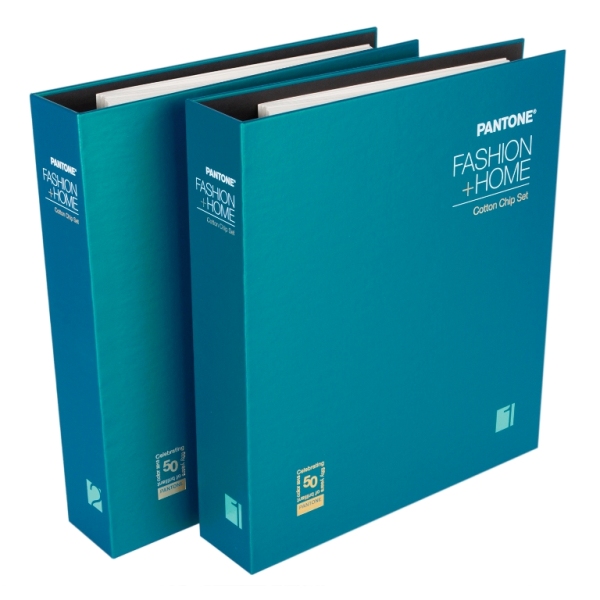Understanding Calibration Curves
Calibration curves are essential tools in various scientific and industrial applications, enabling the accurate measurement and analysis of different substances and parameters. In this comprehensive guide, we will delve into what calibration curves are, how they are used, and why they are critical for ensuring precise measurements.
What are Calibration Curves?
A calibration curve is a graphical representation of the relationship between an instrument's response and the known concentrations of a substance. Typically, the x-axis represents the known values (standards), and the y-axis represents the instrument's response (signal). By plotting these points and fitting a curve or line, the calibration curve is created, allowing unknown samples to be measured with high accuracy.
How to Use Calibration Curves
1. Preparing Standards
The first step in creating a calibration curve is preparing a series of standard solutions with known concentrations. These standards should cover the range of concentrations expected in the unknown samples.
Applications: Analytical chemistry, environmental monitoring, pharmaceuticals
2. Measuring Instrument Response
Next, measure the instrument's response to each standard solution. This response could be absorbance, fluorescence, voltage, or any other measurable signal, depending on the instrument and the substance being analyzed.
Applications: Spectrophotometry, chromatography, electrochemical analysis
3. Plotting the Calibration Curve
Plot the known concentrations (x-axis) against the instrument responses (y-axis). Once all points are plotted, fit a curve or line through these points. The type of fit (linear, quadratic, etc.) depends on the expected relationship between concentration and response.
Applications: Laboratory analysis, quality control, research and development
4. Using the Calibration Curve
To determine the concentration of an unknown sample, measure its instrument response and locate this value on the y-axis of the calibration curve. Trace horizontally to the calibration curve and then down to the x-axis to find the corresponding concentration.
Applications: Clinical diagnostics, food and beverage testing, environmental analysis
Why Calibration Curves are Important
1. Accuracy and Precision
Calibration curves provide a reliable method for converting instrument responses into accurate concentration values. This accuracy is crucial for applications requiring precise measurements, such as drug formulation or environmental monitoring.
Applications: Pharmaceutical manufacturing, pollution control
2. Quality Control
Using calibration curves ensures that instruments are providing consistent and accurate results. Regular calibration with updated curves helps maintain the quality and reliability of measurements over time.
Applications: Manufacturing, laboratory testing
3. Traceability
Calibration curves offer traceability, linking measurements to known standards. This traceability is essential for meeting regulatory requirements and ensuring data integrity.
Applications: Regulatory compliance, certification processes
4. Versatility
Calibration curves can be used with various types of instruments and measurement techniques. This versatility makes them indispensable tools across different scientific disciplines and industries.
Applications: Biochemistry, materials science, industrial processes
Best Practices for Creating Calibration Curves
1. Use Fresh Standards
Always prepare fresh standard solutions to avoid degradation or contamination, which could affect the accuracy of the calibration curve.
2. Cover the Full Range
Ensure that the standards cover the entire range of expected concentrations in your samples to provide an accurate calibration.
3. Replicate Measurements
Perform multiple measurements for each standard and average the results to account for any variability and improve the accuracy of the calibration curve.
4. Regular Updates
Regularly update calibration curves to account for any changes in instrument performance over time. This ensures ongoing accuracy and reliability.
5. Validate Curves
Validate calibration curves by checking their accuracy with known reference materials or by comparing them with previous curves.
Conclusion
Understanding and using calibration curves is fundamental for achieving accurate and reliable measurements in various scientific and industrial applications. By following best practices and regularly updating calibration curves, you can ensure the highest standards of measurement accuracy and quality control.
#CalibrationCurves #HowToUseCalibrationCurves #CalibrationGraphs #MeasurementAccuracy #QualityControl #LaboratoryAnalysis #ScientificResearch #InstrumentCalibration #AnalyticalChemistry #EnvironmentalMonitoring #PharmaceuticalTesting #DataIntegrity #RegulatoryCompliance #PrecisionMeasurement #TechInnovation







